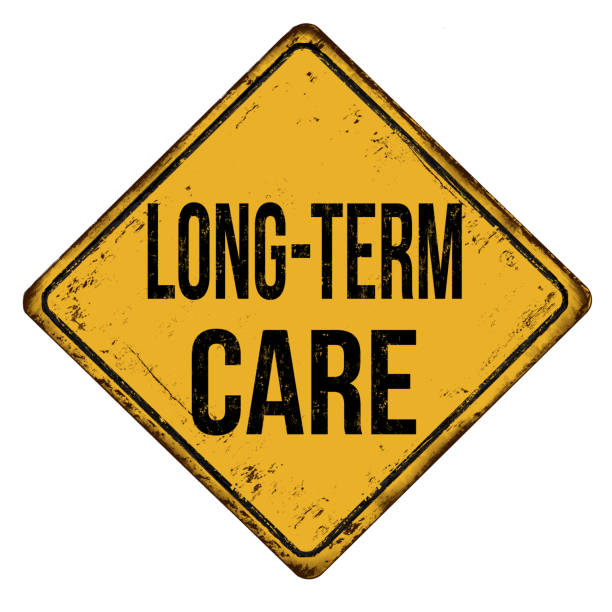Eventual beneficiaries of WA Cares — a mandatory state program that takes wages from W2 workers to fund long-term-care services for some people — won’t be able to pay just anyone to provide them with state-approved caregiving services. No, providers will need official registration with Washington state’s Department of Social and Health Services, after applying for and being offered a contract. They will then need to seek pre-authorization for any services they provide. (Read more or watch more about the process here and here.)
An application process for potential long-term-care (LTC) providers opens Oct. 1, 2025, before the program starts giving out money in 2026. Those interested can review a somewhat overwhelming “provider toolkit” to learn more and get ready. They can also register for a WA Cares provider webinar on Nov. 4. WA Cares’ webinars are informative and usually allow for some questions and answers.
Caregivers who are already registered providers through other state caregiving programs have been asking program staff if they’ll still need to apply to be a caregiver with WA Cares. The answer is “yes.” Providers should also know the amount of pay a caregiver can receive has been determined by the state. The WA Cares website says. “Rate maximums will be published in administrative rules and will be made available through a rate sheet online. Check the status of these rules on the rulemaking page.”
Family caregivers
Relatives of a WA Cares beneficiary can become eligible for compensation from the state, too, although the process is a little different — and state-approved training will be required. Both provider setup and training will be through a network linked to Service Employees International Union, the caregivers’ union that also represents Medicaid-paid caregivers. (The state is contracting with SEIU to create family caregiver training now.) I hope to learn more at the upcoming webinar titled, "Spotlight on paid family caregiving with WA Cares." It's at 11 a.m. on Oct. 23. Register for that one here.
The WA Cares website says this: “If you want to provide in-home personal care (including respite) but don’t work for a business, you can apply to be an individual provider and be paid through Consumer Direct Care Network Washington. Most paid family caregivers will become individual providers.” The explanation continues, “Consumer Direct Care Network Washington will process your application, hire you, provide your training and pay you for the hours you work.”
Washington state has created a new, worker-paid workforce with WA Cares, linking union oversight and training to the program. The state also carries the weight of a lot of administration. All this while offering only some workers a return on the WA Cares investment they’re required to make during their working years. Right now, W2 workers without an exemption pay 58 cents of every $100 they earn to WA Cares to maybe qualify for up to $36,500 if they ever need LTC services. Individuals can see the annual amount taken from their paychecks here.
Better LTC financing solutions
Letting workers, including low-income ones, keep more of their wages for all their life needs, rather than saving for one need they might never have, would be better for workers — especially when a safety net for people in true need of LTC already exists.
That safety net is being abused, however. Lawmakers need to deal with bad eligibility decisions and the lack of estate recovery attached to Medicaid’s long-term-care services to save real money. For now, our state is busy building another government program, penalizing work and taking wages that workers could use for other life needs.






